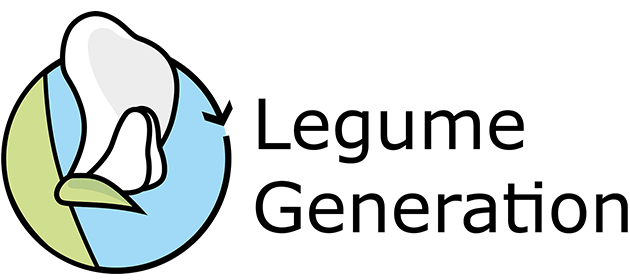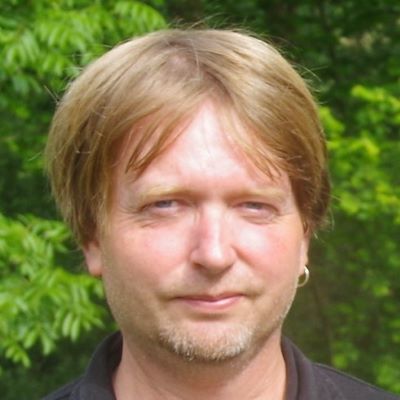Our institut pursues the development of site-adapted winter wheat, durum wheat and lentil varieties for middle europeen conditions. In order to promote the profitability of local lentil cultivation, varieties are developed at the Keyserlingk-Institute that are suitable in terms of their abilities for cultivation and furthermore in their qualitative characteristics to assert themselves in the corresponding niche market. Improvements in agronomic characteristics are to be achieved, but attention is also paid to food quality, such as cooking and flavor properties. Breeding of durum wheat for pasta production is pursued by crossing frost hardiness from emmer and rivet wheat in durum wheat. Currently, a research project is being pursued that aims to identify cultivars that are better digestible by people with wheat or gluten sensitivity. Another research and breeding impulse is the cultivation of the ´wild cereal´ Dasypyrum villosum, the attempt to take grasses into culture and adapt them by selection to farming conditions. Dasypyrum villosum is a grass from southern Europe, which is botanically classified between rye and wheat.
Role in the Legume Generation project
The Keyserlingk-Institut is part of the Lentil Innovation Community that guides all work and shares the available agronomic, physiological, quality and nutritional and molecular (e.g. metabolomics and genomics) data from characterizations that have been performed under different environments and by different partners on different types of lentil genetic resources. By Phenotyping lentil we will evaluate our wider available genetic resources using phenotyping data from novel field tests. The Keyserlingk-Institut will provide upgraded breeding based on single-plant selection on the field. This will be compared with current commercial cultivars to prepare for use as cultivars in the short term or as parents in elite breeding programmes. Lentil field testing and demonstration will be done with preselected genotypes/cultivars across 2-years field trials in contrasting. We will also evaluate of the most promising materials (2-3 selected genotypes) in intercropping with a companion crop in Germany to test the effect of intercropping on productivity of land (monocrops vs intercrops).


